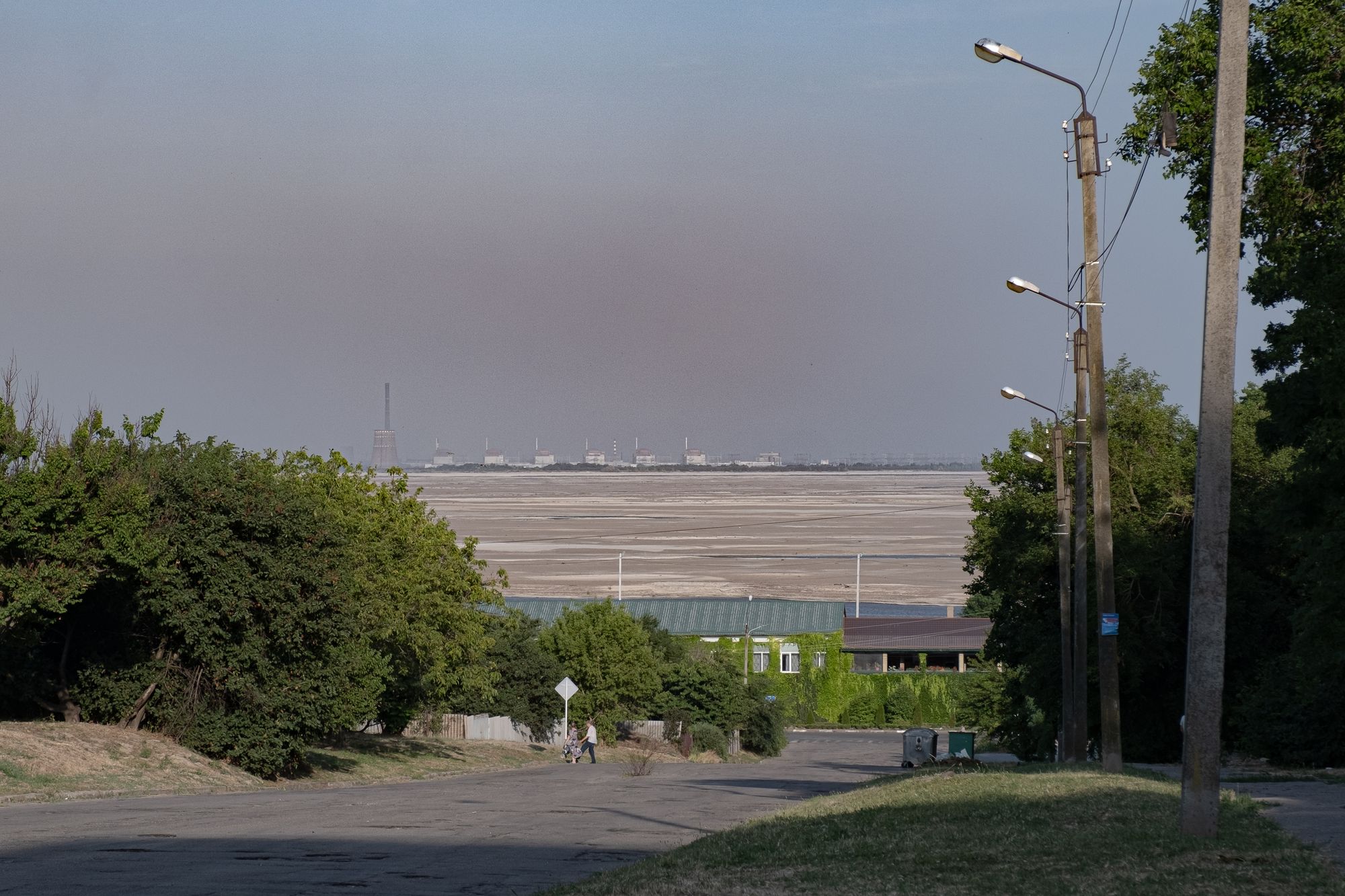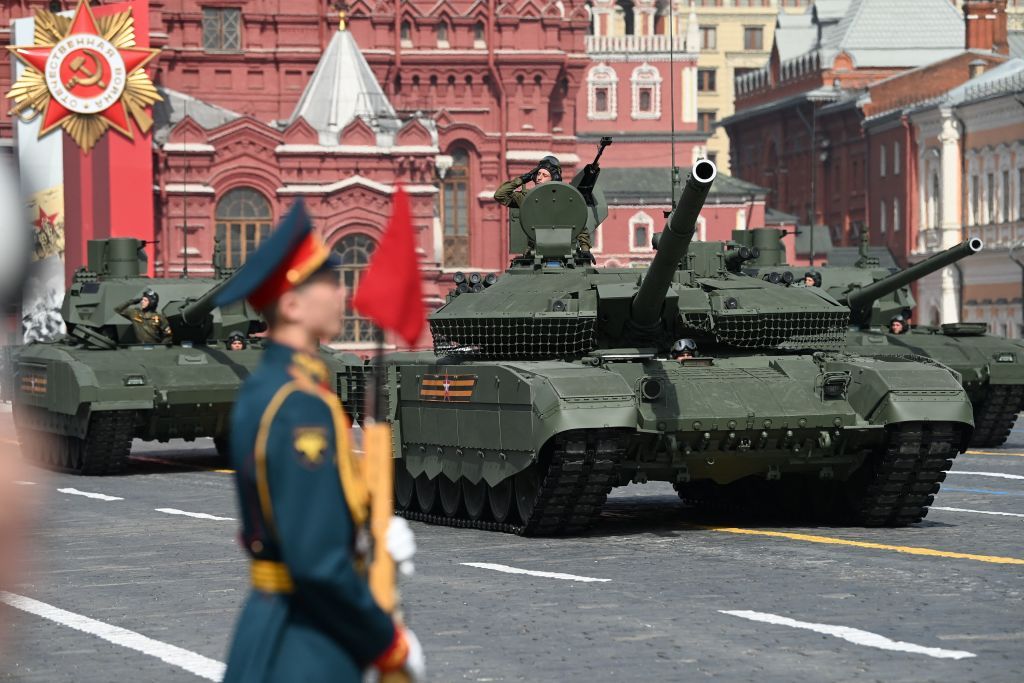The specter of Russian attacks on Ukraine’s energy system looms once again as winter rapidly approaches.
Last year in early October, just as Ukraine’s heating season began, Russia launched a month-long series of missile and drone attacks against Ukraine’s energy infrastructure, leading to blackouts amid freezing temperatures and electricity rationing.
The attacks damaged half of the country’s energy system, Ukrainian officials said.
So when Russia carried out a wave of attacks on energy facilities in western and central Ukraine on Sept. 21, the first of this kind of attack in six months, it caused fears that Russia was gearing up to inflict similar damage on Ukraine’s critical infrastructure this heating season.
While it is unknown if the Sept. 21 attack is the first in a series of renewed attacks, Ukraine’s energy companies and experts are confident Russia will again resort to the same tactics this year.
“There is no doubt that Russia will resort to energy terrorism once again,” Antonina Antosha, spokesperson for the country’s largest private energy company DTEK, told the Kyiv Independent.
Since last winter, the country has worked to repair the damage done last year and acquired more air defenses to protect its infrastructure from future attacks while stocking up on energy resources, Kostyantin Krysnytskyi from the NGO Ekodia told the Kyiv Independent.
“We will need all the capacities that we have: coal, gas, renewables, nuclear, everything,” he said.
But even if Ukraine has enough of the resources it needs, a cold winter and Russian attacks could once again put the country’s energy system to the test.
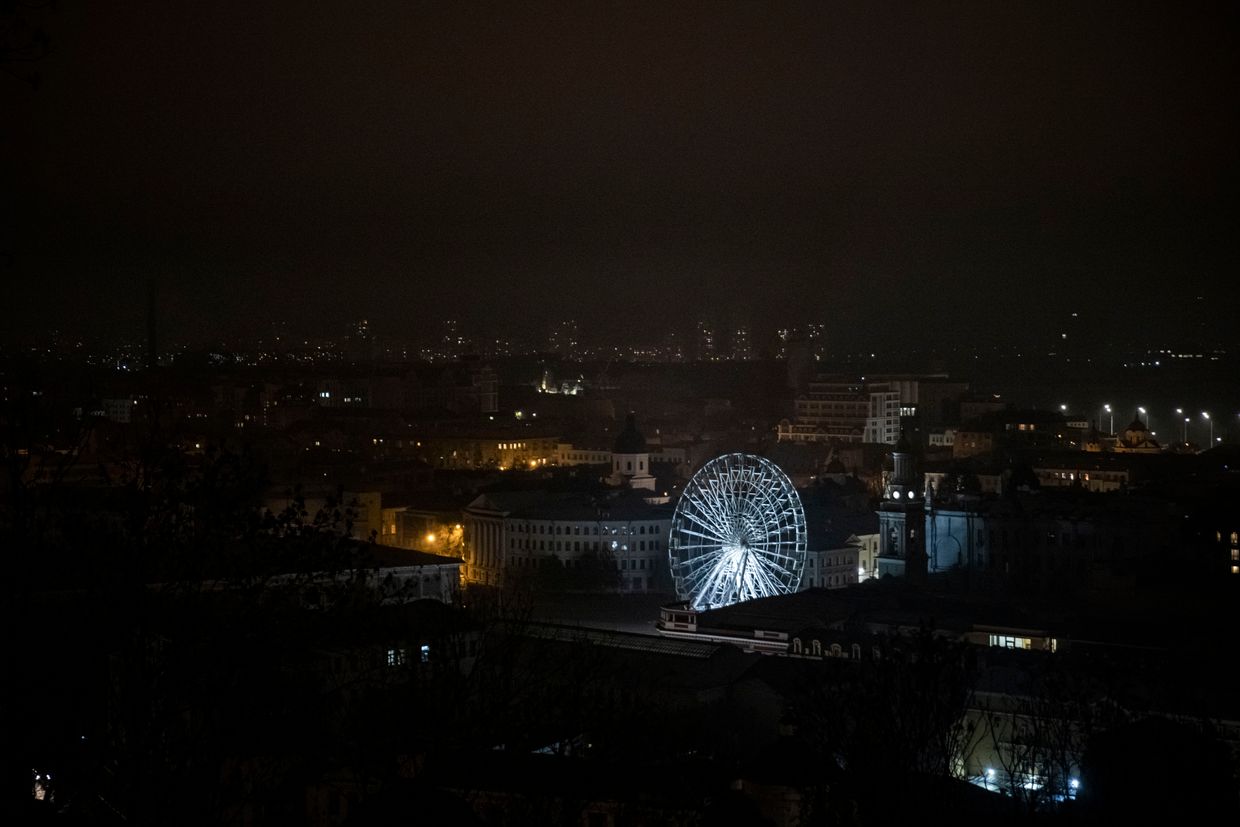
Repairing and protecting energy infrastructure
Russian forces used over 1,200 missiles and kamikaze drones to attack Ukraine’s energy system between October 2022 and April of this year, state-owned power grid operator Ukrenergo said in early April. The attacks killed and injured dozens.
Some 250 missiles and drones hit Ukrenergo sites alone, causing an energy deficit in the country, the company said.
Following an assessment, the United Nations Development Program (UNDP) found that Russia's attacks caused $10 billion in damage, leaving 12 million people with no or limited access to energy, 22 out of 36 power generation plants damaged, destroyed, or inaccessible, and large parts of the heating infrastructure in war-torn areas broken beyond repair.
“The average Ukrainian household had to endure five cumulative weeks without power during the winter of 2022, according to recent estimates,” the UNDP said.
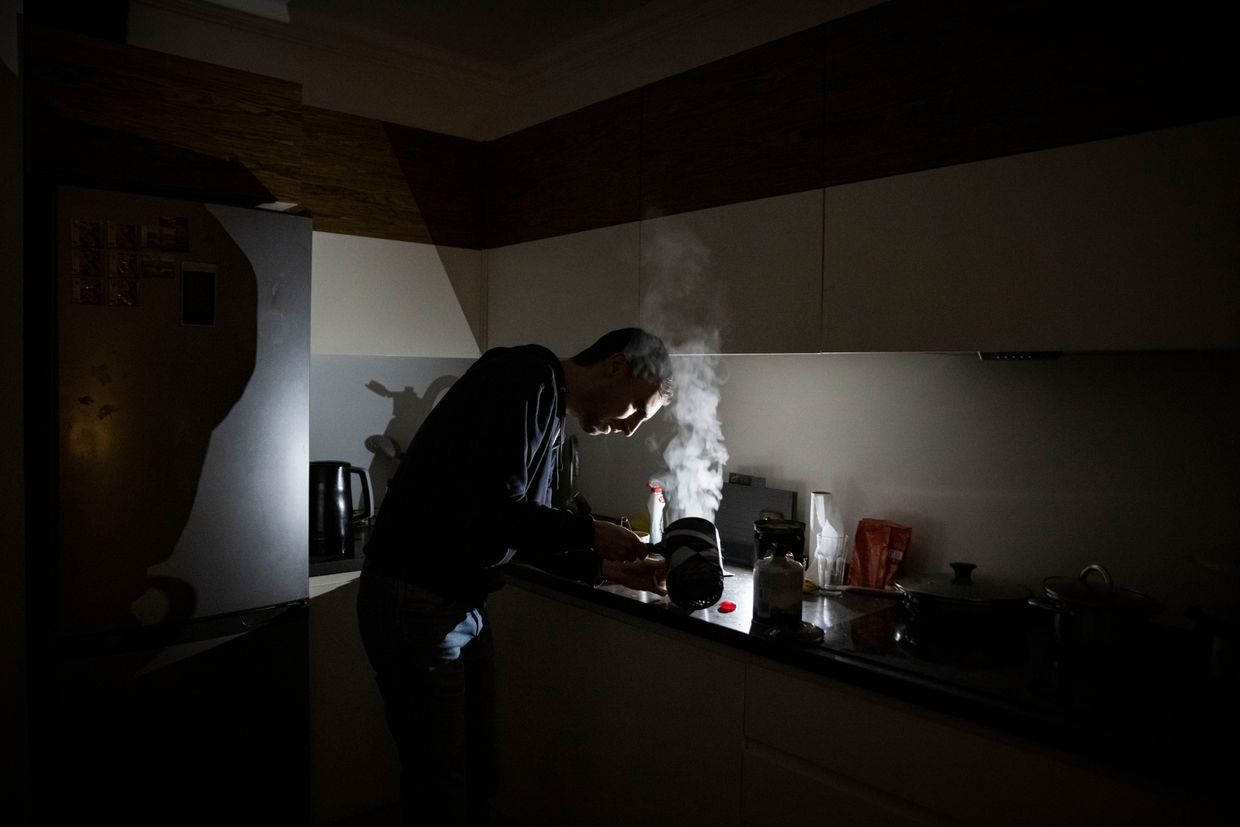
About half of the country’s electric substations, the facilities between the power grid and the distribution system, were destroyed last winter, according to the UNDP.
As of Aug. 13, the Ukrainian government said it had repaired 80% of the main power grids and high-voltage stations damaged by Russian attacks to their pre-war condition and that 62% of the planned repair work on power units had been completed at the country's thermal power stations.
Prime Minister Denys Shmyhal then announced on Sept. 12 that over 80% of heating networks, 78% of central heating stations, and more than 80% of residential buildings, 86% of schools, kindergartens, and hospitals were ready for winter, adding that "it should be 100% in a month."
Still, it’s hard to restore all of the damaged infrastructure because it’s costly, and parts such as transformers are hard to get, even from Western allies, according to Maciej Zaniewicz, an expert from Polish-based energy think tank Forum Energii.
“It takes about one year to produce one transformer, and the Russians can destroy a lot of them during winter,” Zaniewicz told the Kyiv Independent.
DTEK’s Antosha said the company still needs over $190 million to fix its own infrastructure.
The scale of the damage also means some facilities will be left out, Zaniewicz said, meaning Ukraine will have less excess capacity to cover peak demand if the winter gets very cold.
To pick up the slack, Ukrainians have also taken matters into their own hands by stocking up on generators since last winter, Zaniewicz said. The country imported about 670,000 thousand generators in 2022, according to a report by Energy Charter.
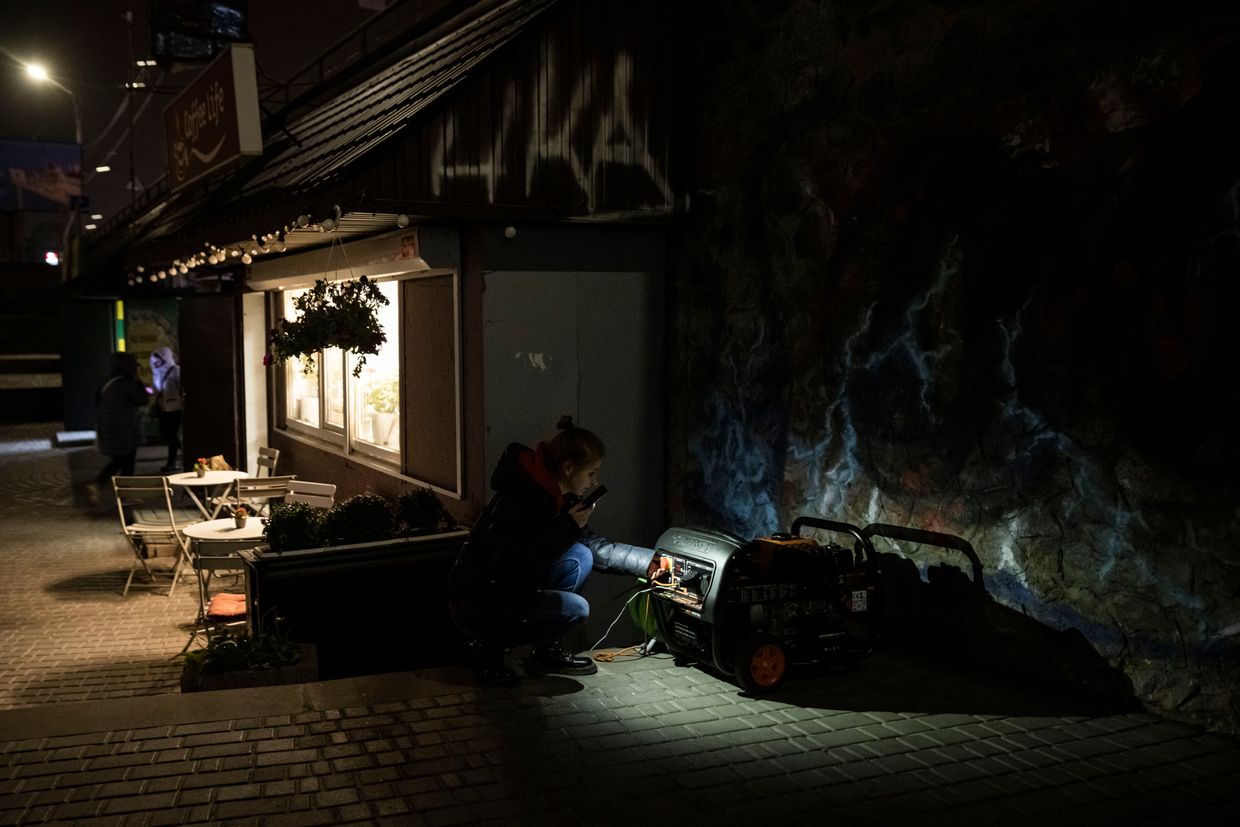
Key to protecting the energy infrastructure is air defense.
Compared to last winter, Ukraine has a much larger air defense system that will get “even stronger and more effective” in protecting the country’s grid, according to Shmyhal.
"We will be much better prepared than last year, so the chances of winter being catastrophic are low,” Olena Pavlenko, the president of Kyiv-based energy Dixi Group think tank, said.
While the Russian military may not have as many missiles as during last year's blitz on Ukraine's energy sites, Moscow is reportedly increasing its production of drones, Air Force spokesman Yurii Ihnat said in September.
The U.K. Defense Ministry also reported last month that Russia is likely able to create “a significant stockpile” of air-launched cruise missiles to use against Ukraine's critical infrastructure this winter.
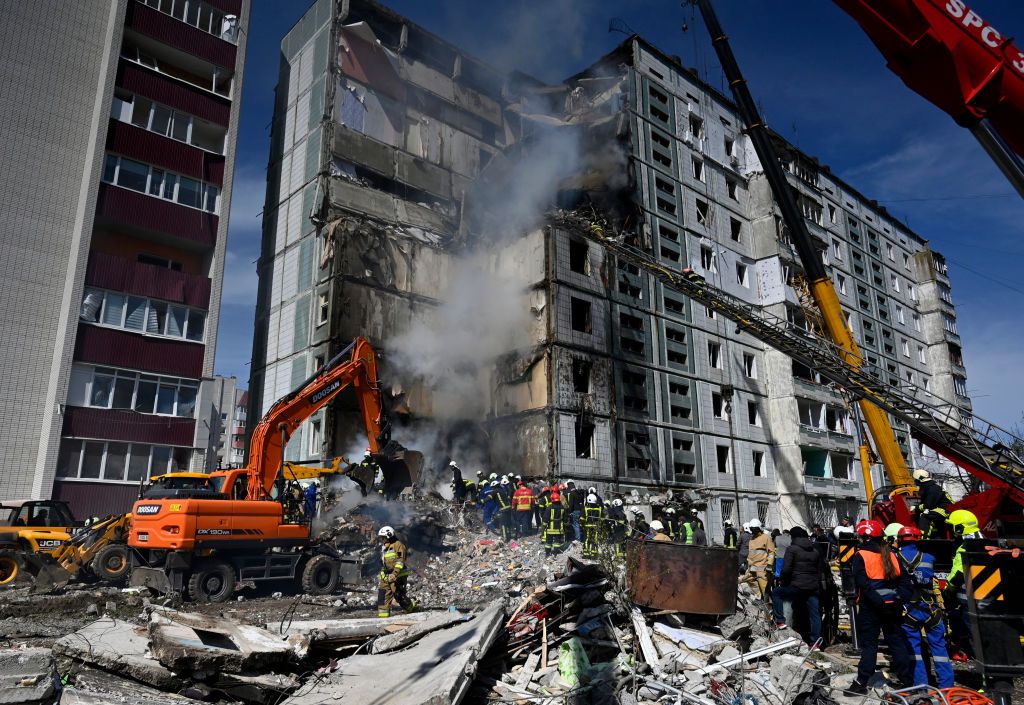
Readying the country's energy mix
Ukraine has rushed to stock up on resources since the end of last winter.
The country has reportedly accumulated 14.7 billion cubic meters of gas, which should be enough for the winter, according to the Energy Ministry, while the government planned to stock 1.8 million tons of coal to survive winter.
As this data is confidential under martial law, experts say they have to rely on official statements, warning they couldn’t verify them independently.
Ukraine will heavily rely on nuclear power plants, experts say. Nuclear makes up the country’s biggest share of energy production, with over 58%, according to Ember and the Energy Institute Statistical Review of World Energy.
Coal came second, with roughly 20%, while hydropower accounted for roughly 10%, followed by solar energy at over 5%, natural gas at 4%, and oil, wind, and bioenergy at over 3% altogether.
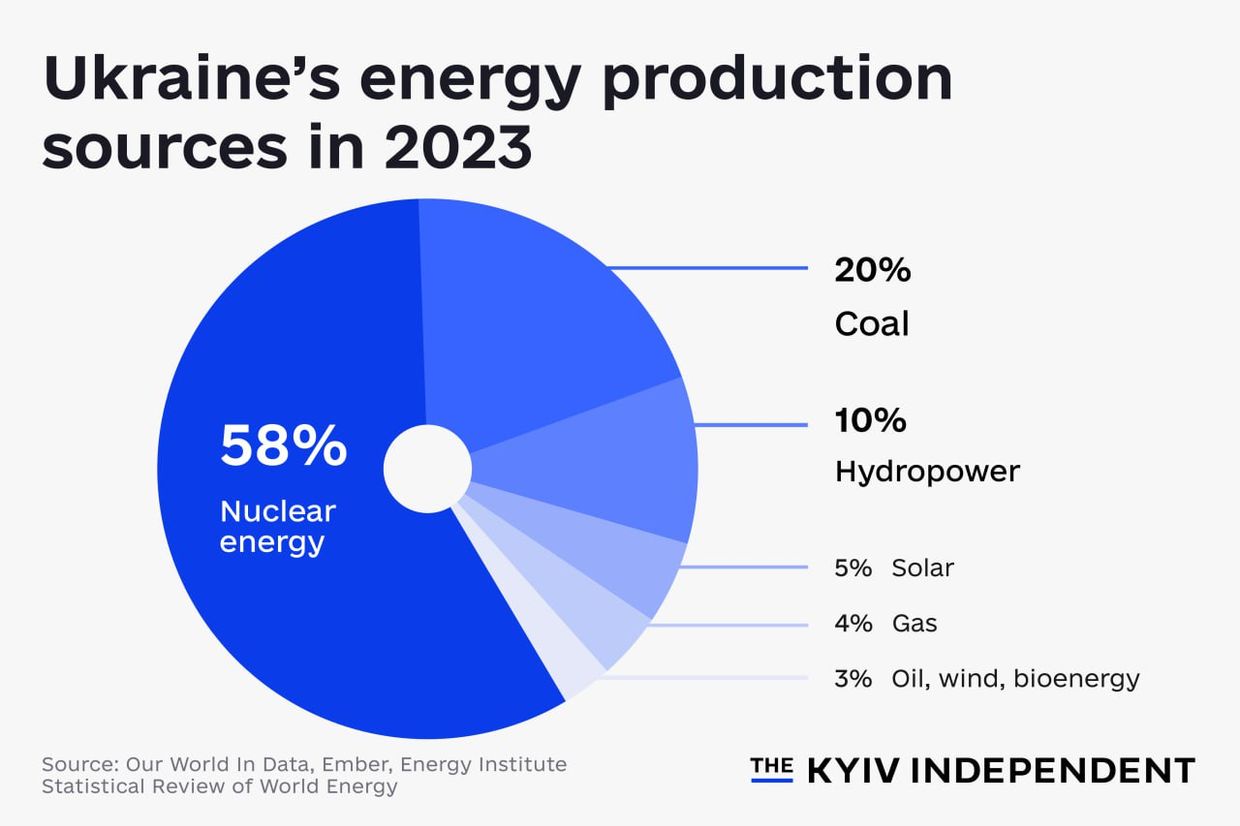
“Nuclear is the resource that really helped us to get through winter last year, and it will be the same this year,” Krysnytskyi said.
Nine nuclear reactors out of 15 should be ready to produce power by the start of the season, with seven reactors reportedly operational, according to Shmyhal and an official press release from the Cabinet of Ministers.
However, Ukraine is missing about 10 gigawatts (GW) of installed capacity currently under Russian-occupied territories, including the 6 GW Zaporizhzhia nuclear power plant, the largest in Europe, Olena Lapenko, an expert working for Dixi Group, said.
Like last winter, it will be extremely difficult to cover the country’s consumption without the Zaporizhzhia plant, Lapenko said.
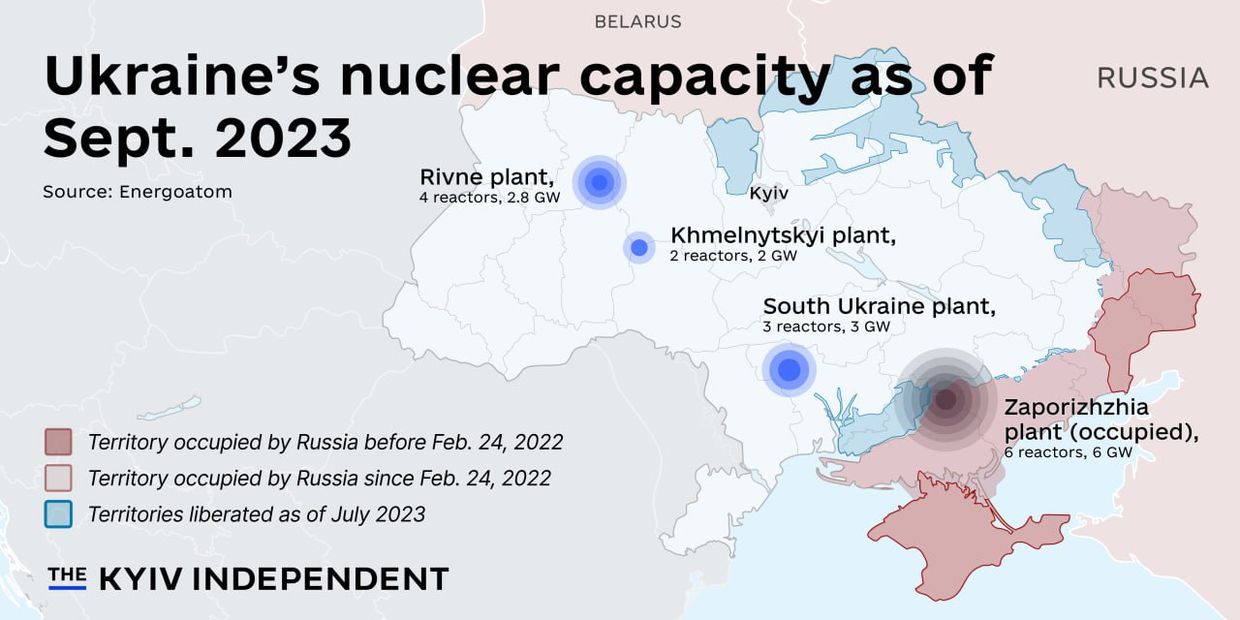
Coal is not a magic solution, either. Coal power plants are getting old, which could lead to blackouts, Olga Yevstihnieieva, advocacy manager for the energy NGO “Razom We Stand,” said.
Up to 92% of Ukraine’s coal power plants could face technical issues connecting with the grid, she said, and Russian missile attacks on coal power plants have made the problem worse.
Imports from neighbors
Even with enough resources, Ukraine will probably have to turn to importing electricity to survive winter, experts say.
But while Ukraine has been connected to the European grid since the start of Russia’s war, negotiating more imports may prove challenging.
When the full-scale invasion began in February 2022, Ukraine was running tests with the European grid operator, ENTSO-E, as part of plans to synchronize Ukraine’s grid with the European Union.
European and Ukrainian operators had been preparing such a move after Russia's annexation of Crimea in 2014, but Russia’s full-scale invasion prompted an emergency request by Kyiv to speed up the process, which was originally scheduled to take years.
Ukrenergo asked ENTSO-E to keep it connected instead of cutting it at the end of the test as planned, resulting in the official synchronization with the European grid on March 16, 2022.
The EU can currently export up to 1.2 GW of electricity to Ukraine, with the prospect of increasing to 2 GW, Dixi Group, a Kyiv-based energy think tank, wrote in a recent report.
But there is the fear of diplomatic difficulties with countries like neighboring Hungary, which has opposed international sanctions against Russia and blocked funding for Ukraine during the war, Yevstihnieieva said.
Electric lines between Ukraine and Hungary currently have a 1,370 kilovolt (KV) capacity, according to the ENTSO-E grid map.
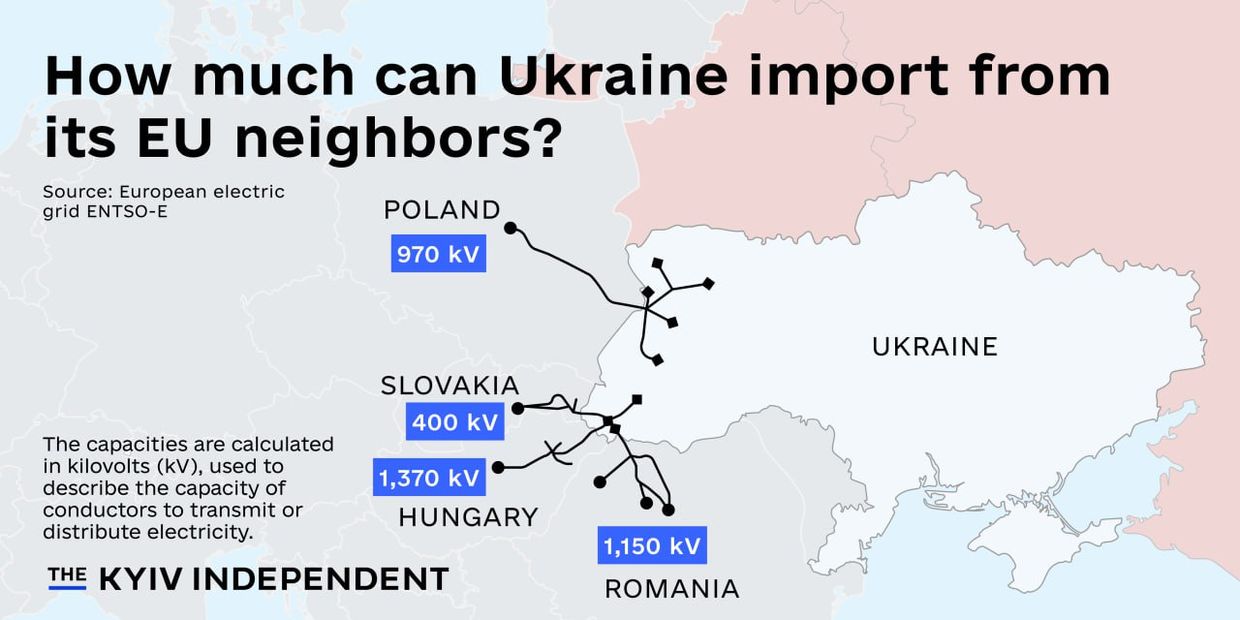
The EU has enough electricity to export without reducing its consumption and can benefit from the trade. “It’s business; we’re not taking it for free,” Yevstihnieieva said.
Yet, the cost of imported electricity from the EU is too high for Ukrainian traders as it exceeds Ukraine’s price cap. The government will have to lift this cap to allow more imports, experts said.
The country also needs to import fuel, Zaniewicz said, as most Ukrainian oil refineries have been heavily damaged or destroyed since the beginning of the full-scale invasion.
According to Zaniewicz, Ukraine will have to import 99% of its fuel from Poland, Romania, and Bulgaria, with which the economic relations are already strained over Ukraine’s grain exports.

Looking toward the future
There is already a long-term solution to avoid mass blackouts, experts say: Decentralize the electrical grid and rethink the entire structure.
The Ukrainian grid system was built in Soviet times in close partnership with Russian engineers and other specialists, Antosha said.
They still know how Ukraine’s power system works, which means they know its weak points.
“Those people used to be our colleagues and partners, and now they are the enemies and war criminals who use their knowledge to make millions of people suffer,” Antosha said.
Experts argue that Ukraine needs smaller backup power sources scattered around the country instead of keeping a post-Soviet central system that is easy to target.
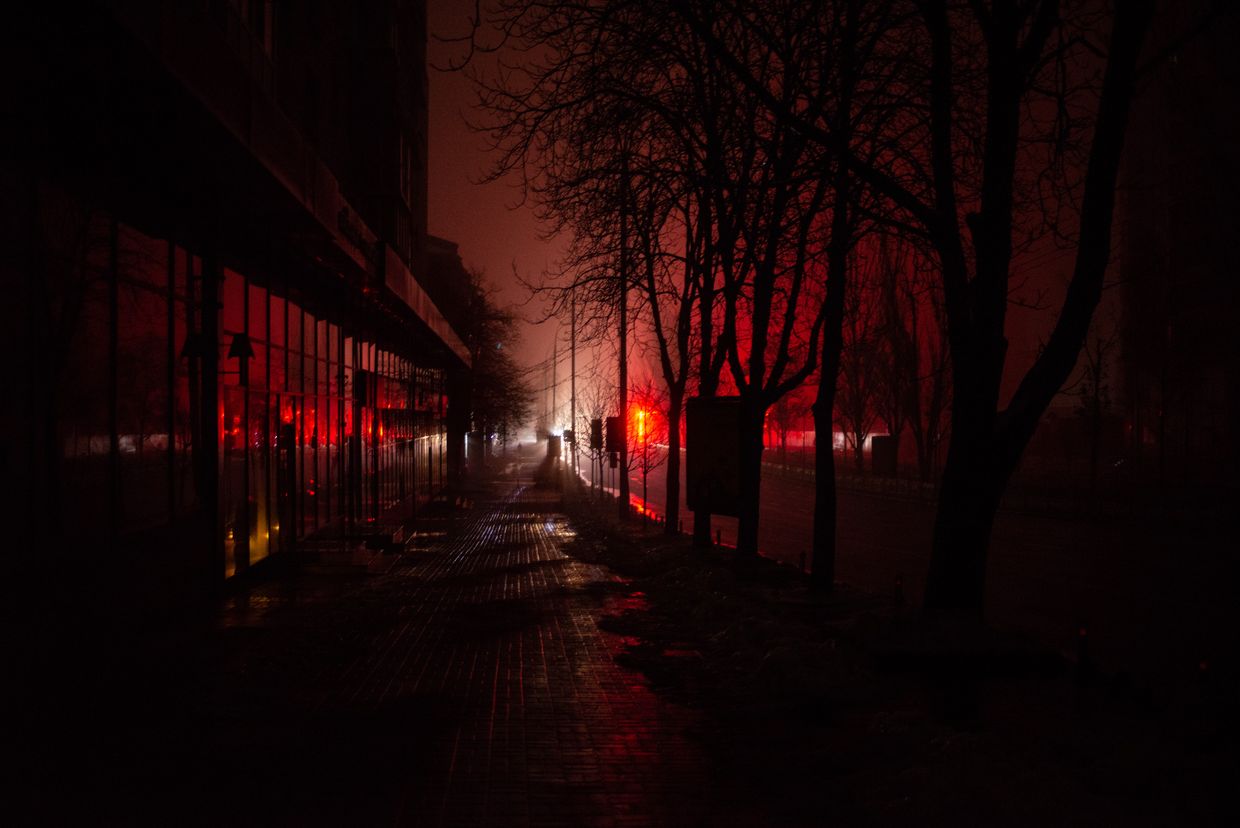
The system’s weakest point is at its transmission point, which means that Russia only needs to target a few substations to sabotage the entire grid without targeting plants, Zaniewicz said.
“They can make it impossible to transport electricity from a nuclear power plant to where it’s needed,” he said.
This is an ongoing process, Zaniewicz said, but energy companies need a huge amount of financial resources to implement a deep makeover of the entire grid.
The idea has become “kind of a slogan,” Krysnytskyi said, adding the government lacks a clear model to implement it. “We still lack a clear pathway,” he said.
Yet, the full-scale invasion and the need for reconstruction have also opened an “opportunity” to speed up the energy transition, including by making new energy-efficient buildings, according to Krysnytskyi.
“Communities are open to everything in anything, including renewables,” he said. “It's a good example that you can use and say, okay, this helps now, but also think about the future.”






